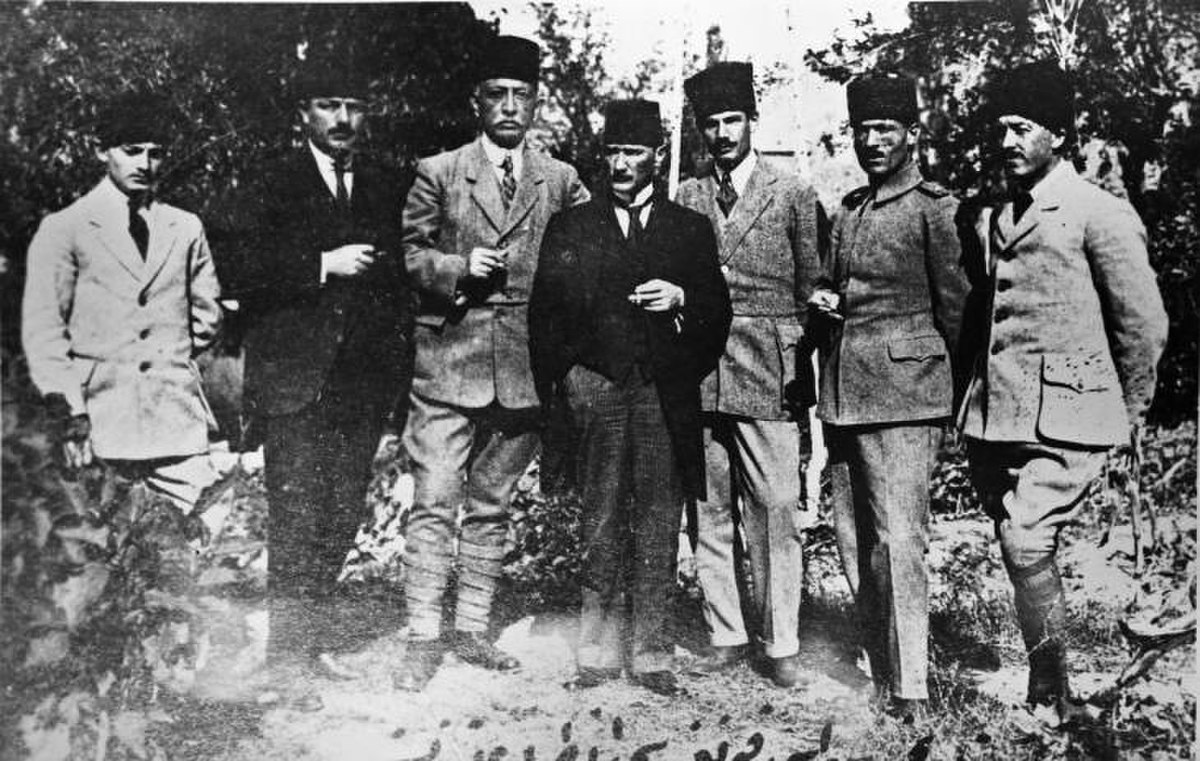
Sivas Congress
Sivas, TürkiyeFollowing the Erzurum congress, the Committee of Representation relocated to Sivas. As announced in the Amasya Circular, a new congress was held there in September with delegates from all Ottoman provinces. The Sivas Congress repeated the points of the National Pact agreed to in Erzurum, and united the various regional Defence of National Rights Associations organizations, into a united political organisation: Association of the Defence of National Rights of Anatolia and Rumelia (ADNRAR), with Mustafa Kemal as its chairman. In an effort show his movement was a in fact a new and unifying movement, the delegates had to swear an oath to discontinue their relations with the CUP and to never revive the party (despite most in Sivas being previous members).
The Sivas Congress was the first time the fourteen leaders of the movement united under a single roof. These people formed a plan between 16 and 29 October. They agreed that the parliament should meet in Constantinople, even if it were obvious that this parliament could not function under the occupation. It was a great chance to build the base and legitimacy. They decided on formalizing a "Representative Committee" that would handle the distribution and implementation, which could easily be turned into a new government if allies decided to disband the whole Ottoman Governing structure. Mustafa Kemal established two concepts into this program: independence and integrity. Mustafa Kemal was setting the stage for conditions which would legitimize this organization and illegitimate the Ottoman parliament. These conditions were also mentioned in the Wilsonian rules.
Mustafa Kemal opened the National Congress at Sivas, with delegates from the entire nation taking part. The Erzurum resolutions were transformed into a national appeal, and the name of the organization changed to the Society to Defend the Rights and Interests of the Provinces of Anatolia and Rumeli. The Erzurum resolutions were reaffirmed with minor additions, these included new clauses such as article 3 which states that the formation of an independent Greece on the Aydın, Manisa, and Balıkesir fronts was unacceptable. The Sivas Congress essentially reinforced the stance taken at the Erzurum Congress. All these were performed while the Harbord Commission arrived in Constantinople.
